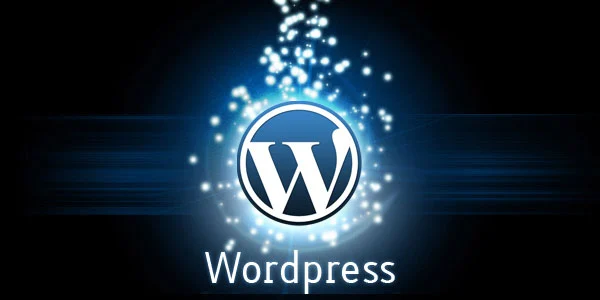What is WordPress and How Does It Work? | A Complete

.
In today’s digital world, having a website is no longer a luxury—it’s a necessity. Whether you’re a small business owner, a blogger, or just someone who wants an online presence, you need a website. But how do you build one without learning complex coding languages?
The answer is WordPress — the world’s most popular website creation tool. In this blog, we’ll explore what WordPress is, how it works, and why millions of websites across the globe are powered by it.
💡 What is WordPress?
WordPress is a free, open-source content management system (CMS) that allows users to build and manage websites without needing to write code. It was launched in 2003 by Matt Mullenweg and Mike Little as a blogging tool, but it has since evolved into a full website-building platform.
Today, over 43% of all websites on the internet are built using WordPress, including major news outlets, e-commerce stores, portfolios, and business websites.
🧾 WordPress.com vs WordPress.org
Before diving deeper, it’s important to know the two types of WordPress platforms:
1. WordPress.com
- A fully hosted platform by Automattic.
- Great for beginners with little to no technical knowledge.
- Free plan available, but comes with limitations (ads, limited customization).
- Ideal for personal blogs or small websites.
2. WordPress.org
- Also known as self-hosted WordPress.
- You download the software for free and install it on your own web hosting.
- Complete control over your site’s design, plugins, and features.
- Perfect for businesses, bloggers, and e-commerce stores.
If you’re serious about building a professional website, WordPress.org is the better choice.
⚙️ How Does WordPress Work?
WordPress works on a combination of technologies—primarily PHP (for logic) and MySQL (for database management). Here’s how a WordPress site functions:
1. Themes
Themes control the appearance of your website. You can choose from thousands of free or premium themes to change the layout, colors, fonts, and overall design.
2. Plugins
Plugins are like apps for your website. They add new features such as contact forms, SEO tools, sliders, or e-commerce functionality. There are over 60,000 free plugins in the WordPress plugin directory.
3. Dashboard
The WordPress admin dashboard is user-friendly. From here, you can create posts and pages, upload images, install plugins, change themes, and manage settings.
4. Pages vs Posts
- Pages are for static content (like About Us, Contact).
- Posts are for dynamic, regularly updated content (like blog articles).
🚀 How to Build a Website with WordPress (Step-by-Step)
- Buy a Domain Name & Hosting
Services like Bluehost, Hostinger, or SiteGround offer one-click WordPress installation. - Install WordPress
Most hosting providers offer easy 1-click setup. - Choose a Theme
Go to Appearance > Themes > Add New. Choose from free or premium designs. - Install Essential Plugins
Some must-have plugins include:- Yoast SEO or Rank Math – for search engine optimization
- Elementor – for drag-and-drop page building
- WPForms – for contact forms
- WooCommerce – for online stores
- Create Key Pages
Home, About Us, Services, Contact, Blog. - Publish Your First Blog Post or Product
- Optimize for Mobile & SEO
- Launch and Promote Your Site
✅ Advantages of Using WordPress
- Free & Open-Source: No licensing fees.
- Easy to Use: Even beginners can manage it.
- Highly Customizable: Thousands of themes and plugins.
- SEO Friendly: Built-in SEO features and plugin support.
- Mobile Responsive: Most themes are mobile-friendly.
- Strong Community: Millions of users and developers contribute to forums and tutorials.
- Scalable: Start small and grow big (suitable for blogs to e-commerce giants).
❌ Disadvantages of WordPress
- Security Risks: Being open-source, it’s a common target for hackers (use security plugins).
- Requires Maintenance: Regular updates for plugins, themes, and WordPress core.
- Speed Issues: Poorly coded themes or too many plugins can slow down your site.
- Learning Curve: While user-friendly, it still takes time to master all features.
🛡️ WordPress Security Tips
- Use strong passwords and change them regularly.
- Install a security plugin like Wordfence or iThemes Security.
- Take regular backups using UpdraftPlus or similar plugins.
- Always keep your WordPress, themes, and plugins updated.
- Use SSL (HTTPS) for secure browsing.
📊 Who Uses WordPress?
You’d be surprised to know that major brands and websites run on WordPress, such as:
- TechCrunch
- BBC America
- The Walt Disney Company
- Microsoft News Blog
- The New Yorker
If big brands can trust WordPress, so can you!
🔚 Conclusion
Whether you want to build a personal blog, a portfolio, or a full-featured e-commerce store, WordPress gives you the tools and flexibility to do it—all without needing to be a developer. It’s affordable, scalable, and supported by a global community.
If you can dream it, you can build it—with WordPress.

